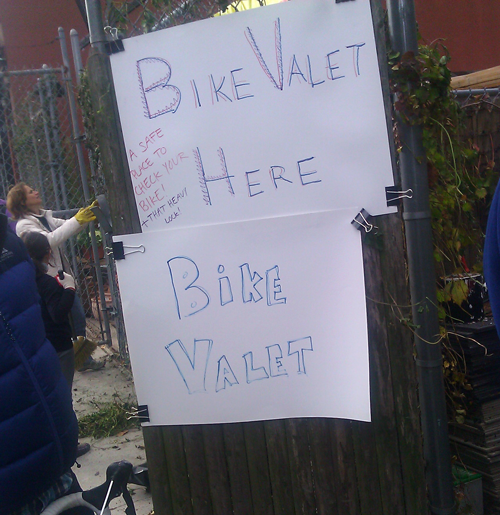- Commutes were twice to three times as long, varying by location and mode
- Walkers were the least frustrated, although walking was more difficult with commute times doubling for walk-only commutes.
- Bicyclists were a close second in the frustration category, and the least delayed - reporting an average of 9 minutes additional commute time compared to normal.
- Telecommuters (people who work at home) were actually more frustrated than bicyclists, as there were power outages and communications failures to contend with.
- As you may expect based on damage - Staten Islanders were the most impacted, while Bronx residents were least affected.
A week after Hurricane Sandy, a conversation about “hurricane-proofing” New York City has already begun. Storm barriers, subway tunnel plugs, new wetlands, and oysters are all on the table.
While that conversation must happen, it’s also important to recognize a piece of New York City infrastructure that has been essential in the aftermath of the storm (albeit powerless to keep the city dry): bike infrastructure. With repairs to the transit system ongoing, subway delays, and some service gaps, many New Yorkers have gotten their bikes out and ridden them through the gridlocked city. How many? 30,000 cyclists crossed the East River bridges last Thursday, according to NYCDOT. Normally, 13,000 do.
Without bike lane networks in the boroughs and without ways to safely pedal across the East River bridges, many New Yorkers would be having a much more difficult time getting back in motion after the storm.

There were so many cyclists volunteering in Red Hook on Saturday that someone set up a free bike valet | Photo: TSTC
Imagine if there were no bike infrastructure on the Williamsburg Bridge. Would as many cyclists be riding to work across it? The same goes for the city’s pedestrian infrastructure. So even if bikes are “having a moment,” it’s important to recognize that that moment is only possible because people feel safer to ride or walk as a result of the infrastructure improvements made by the New York City Department of Transportation and the efforts of countless cycling and pedestrian advocates. But the progress can’t stop here. If the long lines of cars waiting for gas throughout the metropolitan region are any indication, greater transportation choice is needed to provide options for residents, not only in times of crisis, but in day-to-day life. Maybe it’s time to start thinking about that Verrazano Bridge bike lane and for the New York State Department of Transportation to get serious about implementing complete streets…
Article was taken from http://blog.tstc.org/2012/11/06/sandy-bike-bump-helped-by-nyc-bike-infrastructure/















